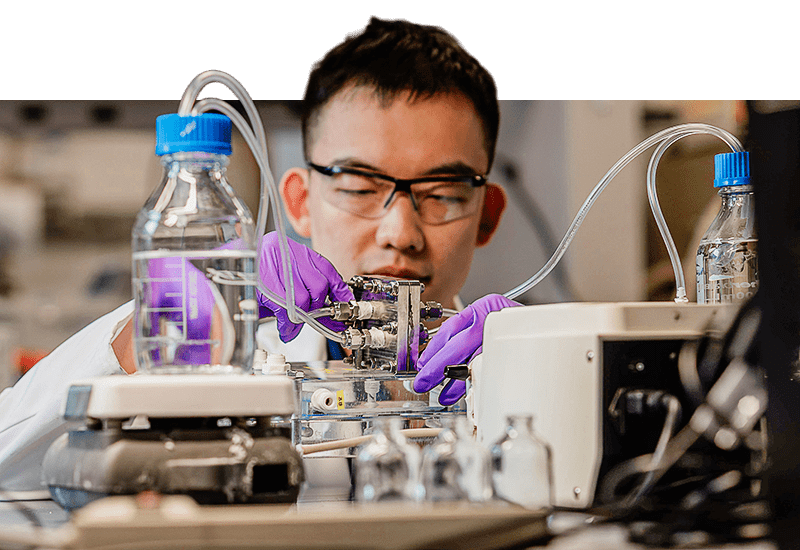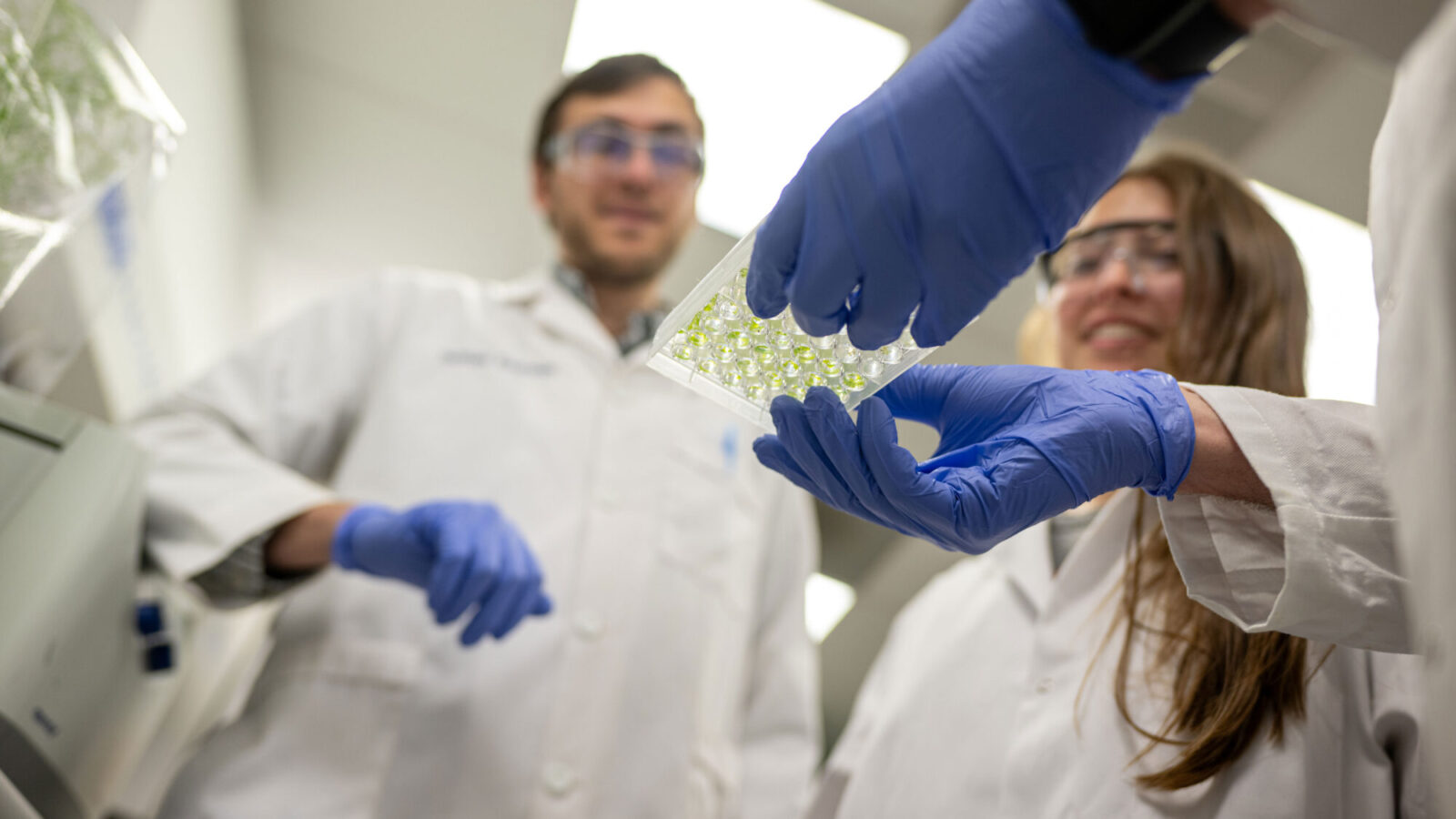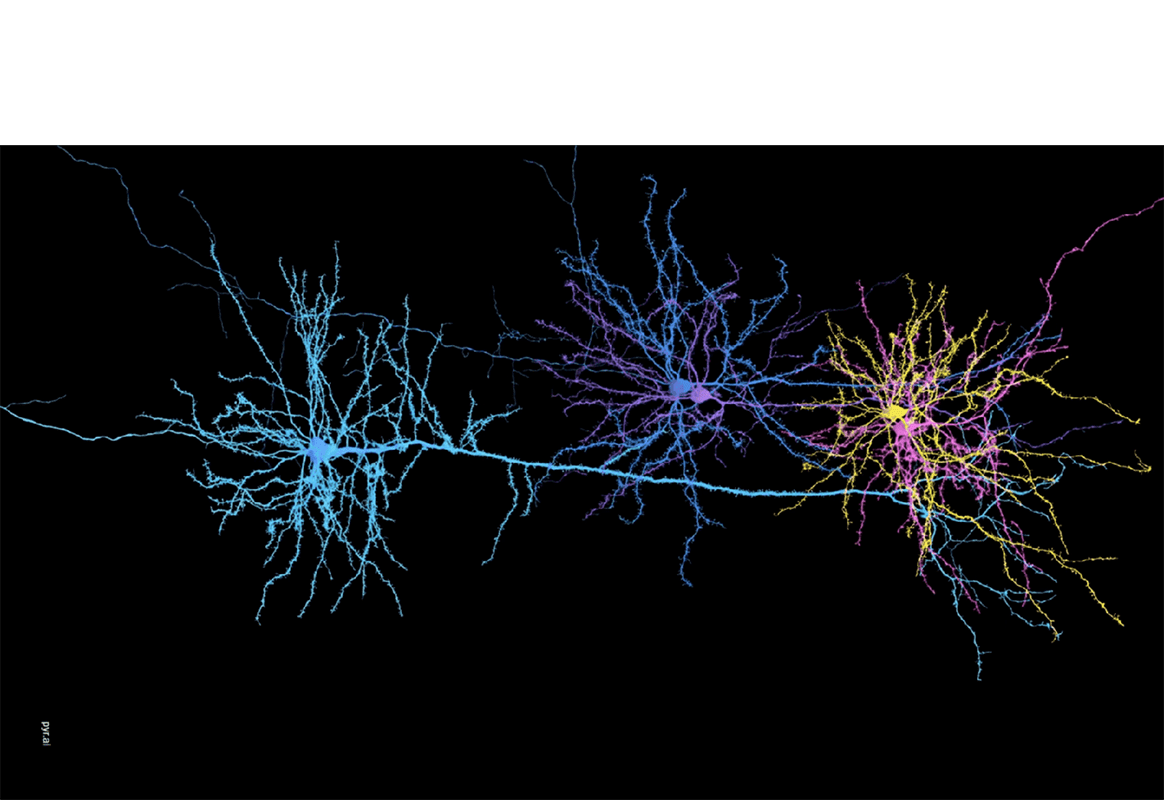In brief: Treating disease
By
on
Small packages: Nanoparticles improve drug delivery
A technique for encapsulating drug molecules in tiny plastic-like coatings shows promise for improving treatment of cancer and tuberculosis, while aiding the laboratory testing of new drugs.
Robert Prud’homme, professor of chemical and biological engineering, developed the fundamental method, called “flash nanoprecipitation,” and has numerous collaborations with companies, medical researchers and engineering colleagues to develop it into therapies and diagnostics.
In one project, Prud’homme is working with Howard Stone, the Donald R. Dixon ’69 and Elizabeth W. Dixon Professor of Mechanical and Aerospace Engineering, as well as Pat Sinko, a professor of pharmacy at Rutgers University, to develop nanosized, medicine-filled particles that accumulate in the lungs, where they deliver concentrated doses of cancer drugs.
Prud’homme also is working with Maryland-based biosciences company Sequella, Inc., and the University of Sydney in Australia to use nanoparticles to deliver anti-tuberculosis drugs to the lungs.
In a separate project, Prud’homme is collaborating with Pennsylvania-based company Optimeos Life Sciences to develop a method for using nanoparticles to track tumor growth in lab animals, which could provide better information throughout a drug trial and avoid the need to euthanize animals to gather data during the course of an experimental therapy.
Outsmarting bacteria
 Bacteria are survival experts, but Mark Brynildsen, an assistant professor of chemical and biological engineering, is on to their tricks.
Bacteria are survival experts, but Mark Brynildsen, an assistant professor of chemical and biological engineering, is on to their tricks.
In one project, Brynildsen studies bacteria’s ability to enter and exit a quiescent state that makes them impervious to antibiotics. “You’re basically nuking them and they’re OK,” he said. “If we could figure out how they do that we could learn how to kill them” and avoid relapses of infections.
Other work involves understanding and predicting the formation of biofilms, structured colonies of bacteria that pose major problems for prosthetics and other implants. In a third area of work, Brynildsen is developing antibiotics called “anti-virulence therapies” that fight bacteria indirectly by disrupting their interactions with their host.
Body language: Low-power devices read signals to stave off health problems
 Naveen Verma, an assistant professor of electrical engineering, is designing wearable or implantable electronic devices that monitor brain or heart signals to prevent acute problems and perform long-term assessments in patients with chronic illnesses such as heart disease and epilepsy.
Naveen Verma, an assistant professor of electrical engineering, is designing wearable or implantable electronic devices that monitor brain or heart signals to prevent acute problems and perform long-term assessments in patients with chronic illnesses such as heart disease and epilepsy.
Verma collaborates with medical researchers to create devices that analyze large databases accumulated by hospitals and provide information about what to look for in monitoring a patient’s heart and brain activity. He seeks to feed this information into lightweight, low-power devices that patients would wear daily.
 The devices would use machinelearning techniques to identify the unique signals from a patient’s body and send a warning to clinicians in advance of a heart attack or seizure. The devices may also initiate treatments, such as electrical stimulation that wards off a seizure.
The devices would use machinelearning techniques to identify the unique signals from a patient’s body and send a warning to clinicians in advance of a heart attack or seizure. The devices may also initiate treatments, such as electrical stimulation that wards off a seizure.
“The goal of these devices is to transform healthcare from a curative discipline to a preventative or preemptive discipline, yet in a low-cost and scalable way,” Verma said.





